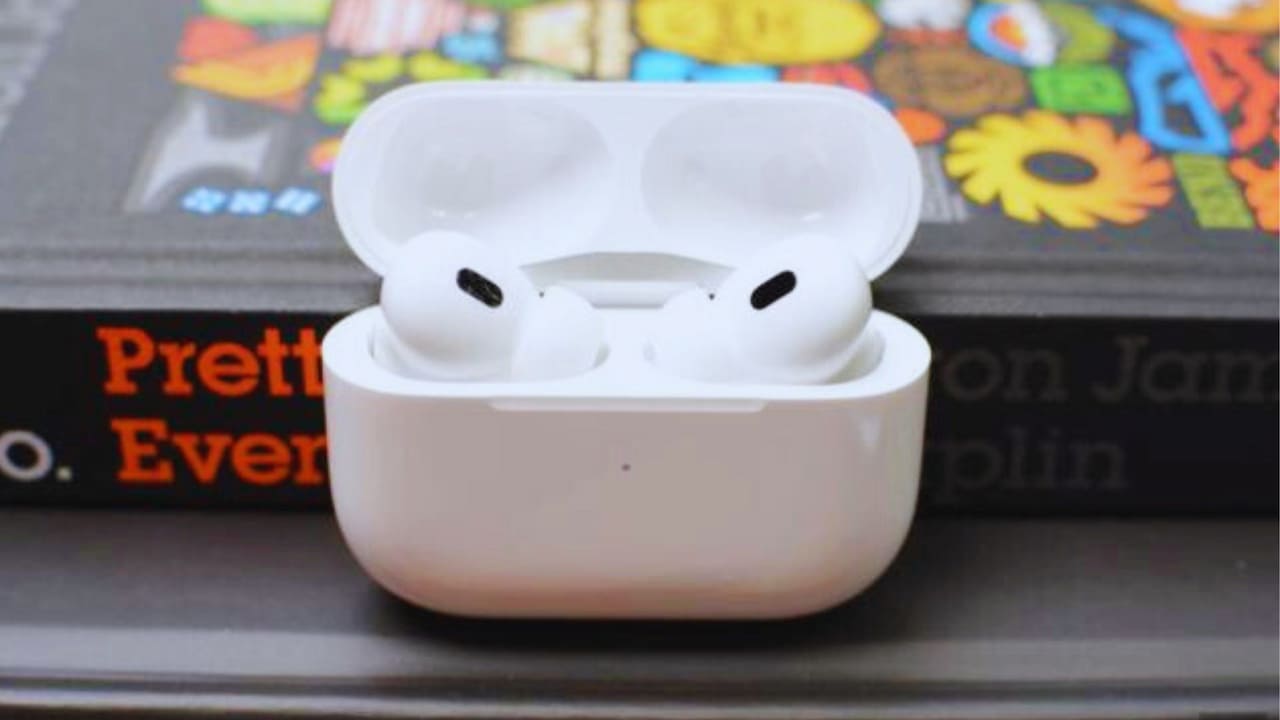FCC’s Game-Changing Move: All Phones Must Play Nice with Hearing Aids
In a landmark decision, the Federal Communications Commission (FCC) has taken a big step toward making mobile phones more accessible for everyone. The agency has ruled that all phones must work with hearing aids, and vice versa. Millions of Americans with hearing loss will face significant changes as a result of this move.
Let’s break it down. The FCC says that after a transition period, every single mobile phone sold in the U.S. will have to be hearing aid compatible. This means people with hearing aids won’t have to hunt for specific phone models anymore. They’ll be able to pick any phone they want, just like everyone else.
But it’s not just about the phones. The FCC is also shaking things up for hearing aid makers. They’re banning proprietary Bluetooth standards in hearing aids. In simple terms, this means hearing aids and phones will have to speak the same language. Even the new over-the-counter hearing aids, including Apple’s AirPods Pro 2, will have to follow these rules.
The FCC isn’t stopping there. They’re also making sure phones can get louder without sounding fuzzy. All new mobile phones sold in the U.S. will have to let users crank up the volume without distorting the sound. This is excellent news for anyone who’s ever struggled to hear a call in a noisy place.
The process of shopping for a phone is about to become more transparent. The FCC is telling phone makers to be upfront about hearing aid compatibility. When you’re buying a phone, you’ll see labels that tell you if it works with hearing aids and how it connects to them.
This didn’t happen overnight. The FCC worked with phone companies, manufacturers, researchers, and advocates for people with hearing loss. They spent years figuring out how to make this work for everyone.
Why is this such a big deal? Many people are affected by hearing loss. More than 48 million Americans have some trouble hearing. It’s especially common among older adults and veterans. As FCC Chairwoman Jessica Rosenworcel put it, “Hearing loss is a big deal… So the chances are you know someone impacted by hearing loss.”
The timing of this decision is important. By 2050, there will be a nearly 50% increase in the number of older Americans. That means more people might need hearing aids. With these new rules, they won’t have to worry about finding a phone that works for them.
This isn’t the first step toward making hearing technology more accessible. In 2022, hearing aids became available over the counter without a prescription. Apple announced last year that their AirPods 2 earbuds could serve as hearing aids for mild to moderate hearing loss.
The FCC’s new rules build on a plan they started back in 2016 to improve access to hearing-aid-compatible phones. It’s been a long road, but now we’re seeing real change.
So, what’s next? Well, there’s going to be a transition period. The FCC hasn’t said exactly how long this will be. But after that, all new phones will have to follow these rules.
For people with hearing loss, this means more choice and fewer hassles. They’ll be able to walk into any phone store and choose from the same range of phones as everyone else. They won’t have to stress over compatibility issues or lose out on the newest features.
For manufacturers of phones and hearing aids, this implies upcoming changes. They’ll need to make sure their products work together seamlessly. But in the long run, this could lead to better products for everyone.
This move by the FCC is about more than just phones and hearing aids. It’s about making sure technology works for everyone, regardless of their hearing ability. It’s a step toward a more inclusive digital world.
As we move forward, it will be fascinating to see how these changes play out. Will we see new innovations in phone and hearing aid technology? How will this affect the over-the-counter hearing aid market? Only time will tell. However, for millions of Americans with hearing loss, selecting a phone has become significantly simpler.
